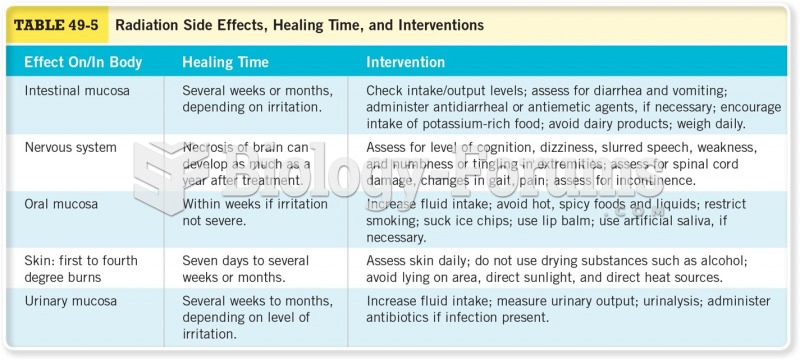Answer to Question 1
Answer: 2
Explanation: 2. Crisis intervention is an important element of problem resolution in the care of many families. Crisis intervention is directed toward helping members to discuss and define the problem and to express their feelings concerning the crisis situation. Population health nurses can educate family members regarding the need for adequate nutrition, rest, and physical activity to promote health. Illness prevention may include teaching effective hygiene, referral for immunization, or advocating for access to safe water and food supplies as well as other interventions. Health restoration occurs after a crisis and might involve following up with the family to help them recognize their use of the problem-solving process, identify how the crisis might have been averted if possible, and engage in activities that will prevent future crises from occurring.
Answer to Question 2
Answer: 3
Explanation: 3. With respect to health restoration, population health nurses may assist families to cope with long-term health problems or to deal with the consequences of those problems in ways that promote an optimal level of health. For example, a nurse might suggest home modifications that permit a disabled family member to be more functional within the family. Illness prevention may include teaching effective hygiene, referral for immunization, or advocating for access to safe water and food supplies as well as other interventions. Problem-resolution activities with families may be aimed at assisting families to obtain needed care for existing health problems or helping families to deal with these problems. Safety education and advocating use of safety devices or equipment are some potential approaches to injury prevention with families.






